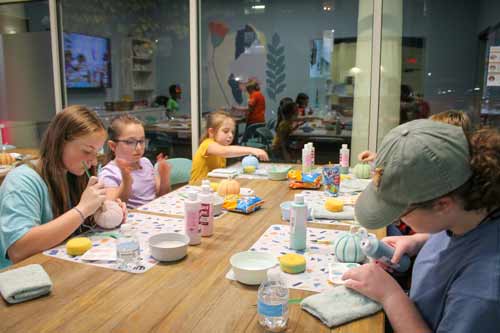Asthma and Food Additives: Something to Wheeze About
 Do you live in fear that your child’s next asthmatic attack will be so severe that it will require a trip to the emergency room? In the United States, where asthma was relatively uncommon in the 1950s, it now affects about 1 in 10 children, according to the Centers for Disease Control.
Do you live in fear that your child’s next asthmatic attack will be so severe that it will require a trip to the emergency room? In the United States, where asthma was relatively uncommon in the 1950s, it now affects about 1 in 10 children, according to the Centers for Disease Control.
While you are probably aware that things like pet dander, mold spores, and tobacco smoke can bring on asthmatic symptoms, you may not know that certain additives in foods marketed to kids can also be a problem.
“Most parents don’t realize that several widely used preservatives and synthetic food dyes have been shown to trigger constriction of the airways and other asthmatic symptoms in sensitive children,” said Jane Hersey, National Director of the nonprofit Feingold Association (www.feingold.org), which helps families use a low-additive diet developed by allergist Dr. Ben Feingold.
In addition, it is becoming clear that these additives are playing a role in the dramatic rise of childhood asthma that is being observed worldwide. A 2012 study published in The International Archives of Allergy and Immunology concluded that the increased consumption of synthetic additives, particularly food dyes and preservatives, may have contributed to this rise.
A massive new study which involved nearly 2 million children and teens from more than 100 countries, also found a correlation between consumption of an additive-laden fast food diet and increased levels of asthma, eczema and hay fever. “The typical American child’s diet has changed enormously over the last few decades and is drastically different from what children ate 50 years ago,” said Hersey, a former teacher and Head Start consultant.
“A meal then did not consist of a bowl of multicolored cereal for breakfast, chicken nuggets loaded with synthetic chemicals and fillers for lunch, or a dinner of macaroni and cheese so brightly dyed that it almost glows in the dark. What’s more, snacks are often now so full of preservatives that they can be as old as your kids and still look fresh!”
The connection between synthetic food additives and asthma is not a new one. In the 1980’s, the Food and Drug Administration required that the common food dye Yellow 5 be listed on ingredient labels, due partly to the danger this dye poses to asthmatics. In addition, a 2004 study published in the International Journal of Immunopathology and Pharmacology found that the preservative sodium benzoate can trigger asthmatic symptoms, and a 2007 study published in Toxicology and Applied Pharmacology concluded that the common preservative butylated hydroxytoluene (BHT) may worsen them.
Ironically, the role that some preservatives play in triggering asthma was discovered when some asthmatic children experienced an immediate worsening of their symptoms after they inhaled their anti-asthma medications. It was found that the sulfite and sodium benzoate preservatives in these drugs were actually exacerbating the children’s asthma, and when the additives were removed from the medications, the symptoms disappeared.
As a parent, how can you determine if synthetic food additives may be triggering asthmatic symptoms in your children? If your children experience shortness of breath, chest tightness, coughing or other asthma-like symptoms after eating artificially preserved or colored foods, they might be sensitive to the additives. If this is the case, try replacing the suspect foods with more natural versions that do not contain the additives and see if the symptoms reoccur. Parents can be helped with this by the Feingold Association’s Foodlist and Shopping Guide, which lists thousands of low-additive versions of brand-name foods.
According to Hersey, it is especially important to replace additive-filled foods with healthier ones for children who have already been diagnosed with asthma, because these additives may be exacerbating their symptoms.
Many researchers now believe that the prolonged consumption of a highly processed, additive-laden diet is taking its toll on the health of our children, not only because of these chemicals’ association with asthma, but also because of their well-known link to hyperactivity, cancer and other problems. Hersey agrees. “Eliminating foods containing these harmful additives may not only help with a child’s asthma but could also make a significant difference in their overall health.”
Article provided by the Feingold Association of the United States visit their website
www.feingold.org







































